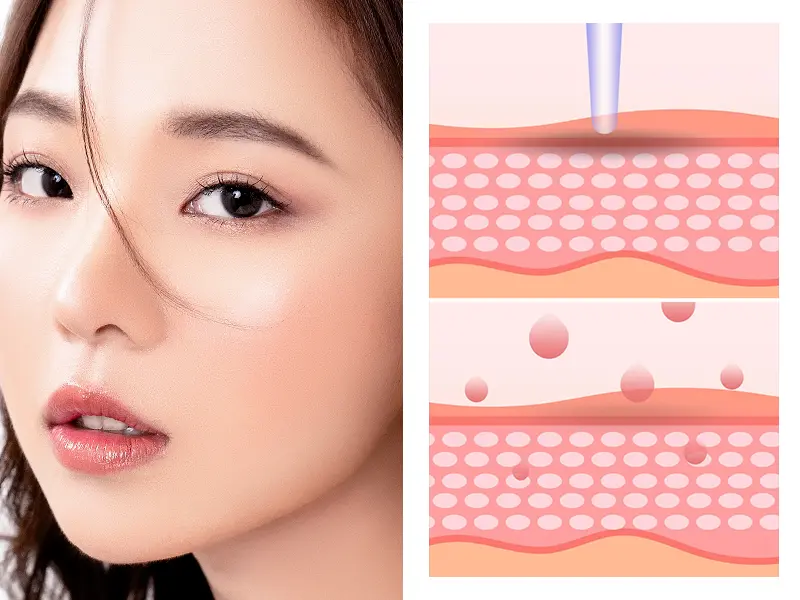An Implantable Contact Lens (ICL) is a thin, biocompatible lens that is surgically placed inside the eye, specifically between the iris (the colored part of your eye) and the natural lens. Unlike traditional contact lenses, which sit on the surface of the eye, ICLs are implanted internally and are designed to remain in place for many years—potentially even for life.
ICLs are made from Collamer, a soft, flexible material that’s uniquely compatible with the eye’s natural environment. This material allows the lens to work harmoniously with the eye, reducing the risk of irritation and providing excellent visual clarity.
How Do ICLs Work?
ICLs work by refocusing light onto the retina, the part of the eye responsible for forming visual images. In individuals with myopia (nearsightedness) or astigmatism, light doesn’t focus properly on the retina, leading to blurry vision. By inserting an ICL inside the eye, the path of incoming light is corrected, resulting in significantly improved vision—often better than what glasses or external contact lenses can provide.
The procedure is quick and minimally invasive, typically taking about 20–30 minutes per eye. Most patients report noticeable improvement in vision within a day or two, with minimal downtime.
ICL vs. LASIK: What’s the Difference?
While both ICL and LASIK aim to correct refractive errors, they do so in very different ways:
| Feature | ICL | LASIK |
|---|---|---|
| Procedure Type | Lens implanted inside the eye | Reshapes the cornea with a laser |
| Reversibility | Reversible (lens can be removed) | Permanent alteration to cornea |
| Dry Eye Risk | Lower risk | Higher risk, especially in dry environments |
| Corneal Thickness | Suitable for thin corneas | Not ideal if the cornea is too thin |
| UV Protection | Built-in UV protection | No UV protection |
| Maintenance | No daily care needed after healing | No maintenance, but potential for enhancement |
ICL vs. Traditional Contact Lenses
Although they share a name, implantable contact lenses and daily-wear contact lenses are fundamentally different:
- Placement: ICLs are placed inside the eye during a surgical procedure; traditional contacts rest on the eye’s surface.
- Maintenance: ICLs require no daily care once implanted; regular contacts need daily cleaning and replacement.
- Duration: ICLs are a long-term or permanent solution; traditional lenses must be worn and removed each day.
- Comfort: Many people with sensitive eyes find ICLs more comfortable because there’s nothing touching the outer eye.
Who Is a Good Candidate for ICL?
You may be a good candidate for an Implantable Contact Lens if:
- You are between 21 and 45 years old
- You have stable vision (no major prescription changes in the last year)
- You suffer from moderate to severe myopia, with or without astigmatism
- You are not a candidate for LASIK due to thin corneas or dry eyes
- You want a reversible, long-term vision correction option
A thorough consultation with a board-certified ophthalmologist is necessary to determine if ICL is right for you.
Final Thoughts
Implantable Contact Lenses offer a powerful, flexible, and safe alternative for those seeking long-term vision correction. Whether you’re not eligible for LASIK, tired of daily lenses, or simply looking for a more permanent solution to poor vision, ICLs could be worth exploring.
As with any medical procedure, it’s important to consult with a qualified eye surgeon to discuss the risks, benefits, and your unique suitability for the procedure.
Interested in learning more about ICLs? Schedule a consultation with an experienced ophthalmologist to find out if you’re a candidate for this cutting-edge vision correction technology.




